What Does the Government's Plan to Transform Unused Classrooms into Nursery Spaces Mean for H&S Within your School?

This blog is based on Judicium’s Health and Safety ‘Sofa Session’ from the 16th October, with our resident expert Rachel Kitchen, BSc (Hons) CMIOSH. This session focused on classroom conversions – meeting the health and safety Early Years Foundation Stage (EYFS) requirements and other relevant safety and fire legislation, risk assessments for new spaces and mitigating potential hazards in converted classrooms to ensure a safe environment for children and staff and the implementation and maintenance of high health and safety standards in shared educational spaces by implementing communication protocols and staff training to sustain safe and secure learning environments.
Poll 1
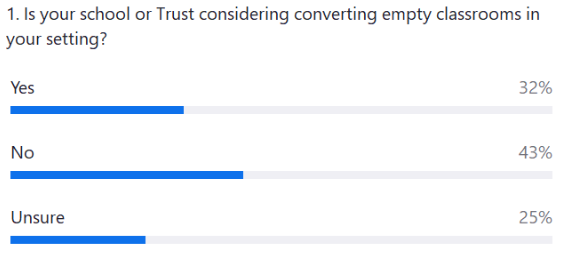
Background
On the 10th of June 2024, the Labour Party announced plans to open up over 3,000 new primary school-based nurseries transforming spare classrooms into nursery provision provided by schools or Private, Voluntary and Independent (PVI’s). Classrooms in existing primary schools will be converted to accommodate 100,000 extra childcare spaces.
At the end of September, the Education Secretary Bridget Phillipson revealed the first stage of this plan with 300 which they hope will be open by September 2025. The plan will begin with primary schools that have empty classrooms that can be converted for younger children.
But what does this mean for your school? If you have the space, is it actually feasible? It’s important to consider the space and facilities required for very young children is very different to that of 30 seated children.
Poll 2
Classroom Conversions
As a school with an extra classroom, you may be considering applying for potential funding. However, what does this mean when looking at your school or trust’s health, safety, and fire?
There are many considerations you need to take onboard during this process, including key pieces of legislation to consider. One of these is the Construction, Design, and Management Regulations (CDM Regs) which form part of any construction and/or renovation projects on site. A key aspect to think about in this process relating to various pieces of health, safety and fire legislation is to look at the existing environment.- Think about the classroom as it stands today. Is this a newly empty classroom where interior decoration and maintenance is to a good standard or is this a classroom that has simply not been used for some time, featuring aging decoration, carpets, potential mould, etc?
- If this is the case would this room even be suitable? What would the financial and health and safety impacts of getting a room to a basic standard consist of? You should consider the fixed electrical system, the water supply to the room, etc. Funding is available but is it enough to cover these aspects?
- Temperature - What heating system do you have in your spare classrooms? What are the requirements for EYFS and do these differ from school-age children? Do you need to upgrade your current system in this situation?
- A key point relating to temperature is EYFS sleeping arrangements is temperature control within these areas. What would you need to put in place?
You must think about what the room is like now at this present time.
Then, going beyond the four walls of the room and the improvements that may be required, what will we need to physically bring into the room?- Safety Equipment – Although schools inherently present a safe environment, the EYFS has different requirements than that of a primary school. Therefore, additional considerations are required such as finger guards on doors if not already in place, high handles, radiator covers, evacuation cots, etc.
- Clinical Waste – Take care when thinking about clinical waste. Where will the EYFS clinical waste be disposed of what will be the procedures around this? The likelihood is you will have increased clinical waste in the EYFS so will you use the existing waste bins/storage facilities? Would this be suitable for your school, and would you allow this under existing conditions?
Playgrounds and Outside Space
Several considerations must be addressed relating to playgrounds and outside space. For example, what outside space will the EYFS use, and will this be existing space currently in use at the premises? Important questions include:- Is this suitable in terms of play equipment, surfacing, etc? How will you manage security to the area?
- If you already use the existing area, do you need to look at timetables to ensure the children have different play/outside times?
- Young children are prone to choking on food or small items. How do you ensure primary-age toys are controlled and not permitted to enter into the nursery area. It’s important to think about fencing and restricted areas.
Welfare Facilities & Changing & Sleeping Areas
Important questions to think about are:- What welfare facilities will be put in place?
- What is the size and number of toilets at your site?
- Are there washing and changing facilities?
- Will you require a milk room/food preparation area for younger children?
Catering
This is a real key focus area to think about.
- How will we manage catering on site?
- Will the existing school kitchen be used to prepare and serve food?
- What would be the demands on staff?
- How will you manage and organise deliveries?
Choking on foods is a significant danger for children of all ages. However, children less than four years old are particularly susceptible to this hazard.
Fire Safety
Occupancy
Look at the demands on the site in relation to occupancy.
For example, how many children will be attending the new provision? Is the size of the room suitable? Thirty children sitting at desks is very different from EYFS utilising the same space.
In relation to the number of exits and escape routes, you would need to consider a Fire Risk Assessment as well as any existing fire risk assessment for the school.
How will this affect overall numbers on site and is there any insurance implications?
Fire Equipment and Fire Alarm System
There are many important questions to ask including:- Does the intended space have a connected fire alarm system? If so, will this be included as part of any existing fire service plans?
- Who will be responsible for the maintenance of fire equipment, portable and fixed?
- Will this be an existing site manager/supervisor, or will additional staff be responsible for this?
Fire Safety Statutory Requirements
Consider clarity relating to statutory fire requirements, inspections, and monitoring. You must ensure these are met and who is responsible.
In relation to the fire statutory inspections:- Who will test the fire alarm if this is not linked?
- Who will be responsible for the provision for fire extinguishers, fire blankets, etc on site?
- Will this nursery provision form part of the already existing maintenance checks or contracts that you have in your school?
Fire Evacuation
You must take into account fire evacuation, including the schools existing plan.- How will this be managed for younger children?
- Where will the evacuation assembly point be?
- Is this suitable for younger children?
- What about evacuation cots - will this work?
- Do you have a fire escape from the room?
- Will these be practiced within your school when they carry out your normal evacuations?
Evacuation Cots
An evacuation cot is a large piece of equipment that is used to transport several babies or non-walking individuals in an emergency situation. Evacuation cots are fantastic for this purpose. However, as a school you must consider whether your corridors are wide enough, what route will these cots use, and is there a suitable storage area for them?
Risk Assessments
General
You must complete a risk assessment of the internal room and external areas, including existing and potentially new areas and how these merge together. You need to ensure any existing equipment is suitable and sufficient through risk assessment for the intended age of the children.
Fire Risk Assessment
It is essential the room and potential change of use is included within your fire risk assessment. Also, take into account whether walls, structure changes, design changes, etc are added, these can affect the use of the room and occupancy levels.
There is also a duty of the nursery setting to provide their own Fire Risk Assessment as they are a separate business. You would need to ensure it is suitable and sufficient for our setting.
Security
This is another area of consideration that can affect your school’s policies and processes. Parents and carers of nursery age children may pick up at any time of the day, or as sessions finish which affects access on your site. How would this be managed and what would the potential hazards and risk of this look like for your setting?
Traffic/ Car Parking
Planning is key. Ask yourself:- Would you allow parent nursery parking on site?
- Could you manage this in terms of car parking space, etc?
- Could additional parking be needed for nursery staff and how would this be managed?
Existing H&S Policies and Procedures
All these requirements and the suggested risk assessments would fit into policies and procedures of your school or trust. The nursery setting will have their own, but the overall procedures including fire, first aid, accident reporting, etc. should be developed in consultation. They should coexist seamlessly together.
Key Top Tip
Communication
Communication: Establish effective communication with your nursery setting and the staff. Communication meetings throughout the process are essential for successfully implementing this scheme.
Helpful Links:
Judicium Education’s Health and Safety Advisory Service is designed to support schools, firstly, in ensuring a safe working and learning environment, secondly, in complying with the legal requirements imposed on them as employers under the various Health & Safety laws and regulations. For more information, please visit here.
If you require any support in any of these steps, or would like to talk to someone surrounding some support for your school please do not hesitate to call us on 0207 336 8403 or email Georgina.decosta@judicium.com.
The Health and Safety Service is also providing accredited training courses, including eLearning with specific modules ranging from courses designed for premises managers and SLT to all staff offerings and fire warden training: https://www.judiciumeducation.co.uk/elearning
We also offer live, exclusive training options: https://www.judiciumeducation.co.uk/training
To review Judicium’s forthcoming sofa sessions please click here.
Follow us on Twitter - @JudiciumEDU
© This content is the exclusive property of Judicium Education. The works are intended to provide an overview of the sofa session you attend and/or to be a learning aid to assist you and your school. However, any redistribution or reproduction of part or all of the contents in any form is prohibited. You may not, except with our express written permission, distribute or exploit the content. Failure to follow this guidance may result in Judicium either preventing you with access to our sessions and/or follow up content.
Related content
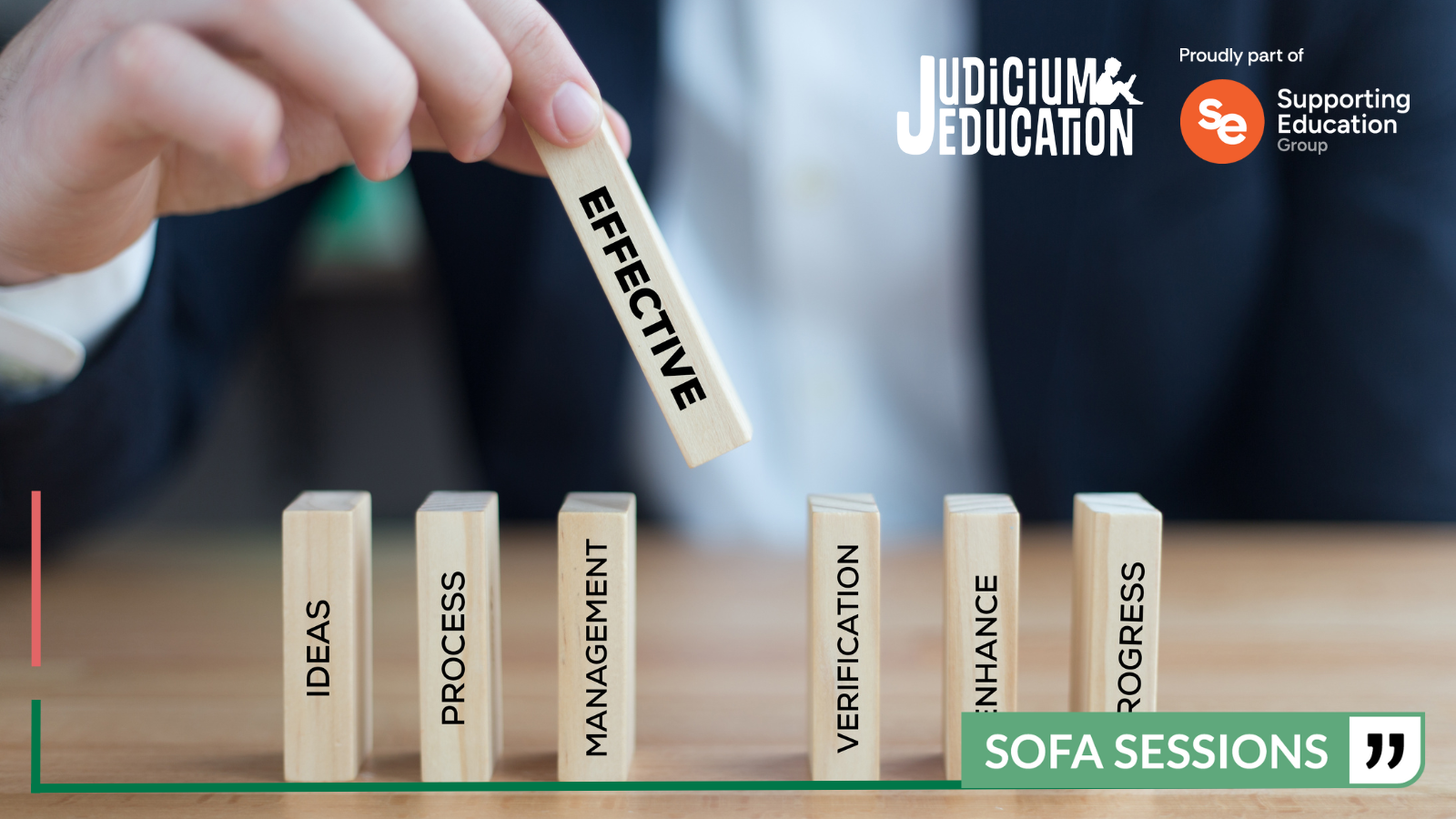
This blog is based on Judicium’s Health and Safety ‘Sofa Session’ on the 15th of October, with our resident expert Mike Wright.
.png)
This blog is based on Judicium’s Health and Safety ‘Sofa Session’ from the 17th of September, with our resident expert Jim Liddy.

This prestigious award celebrates our commitment to delivering expert, education-specific Health & Safety support that lifts the burden for school teams while raising safety standards across the sector.
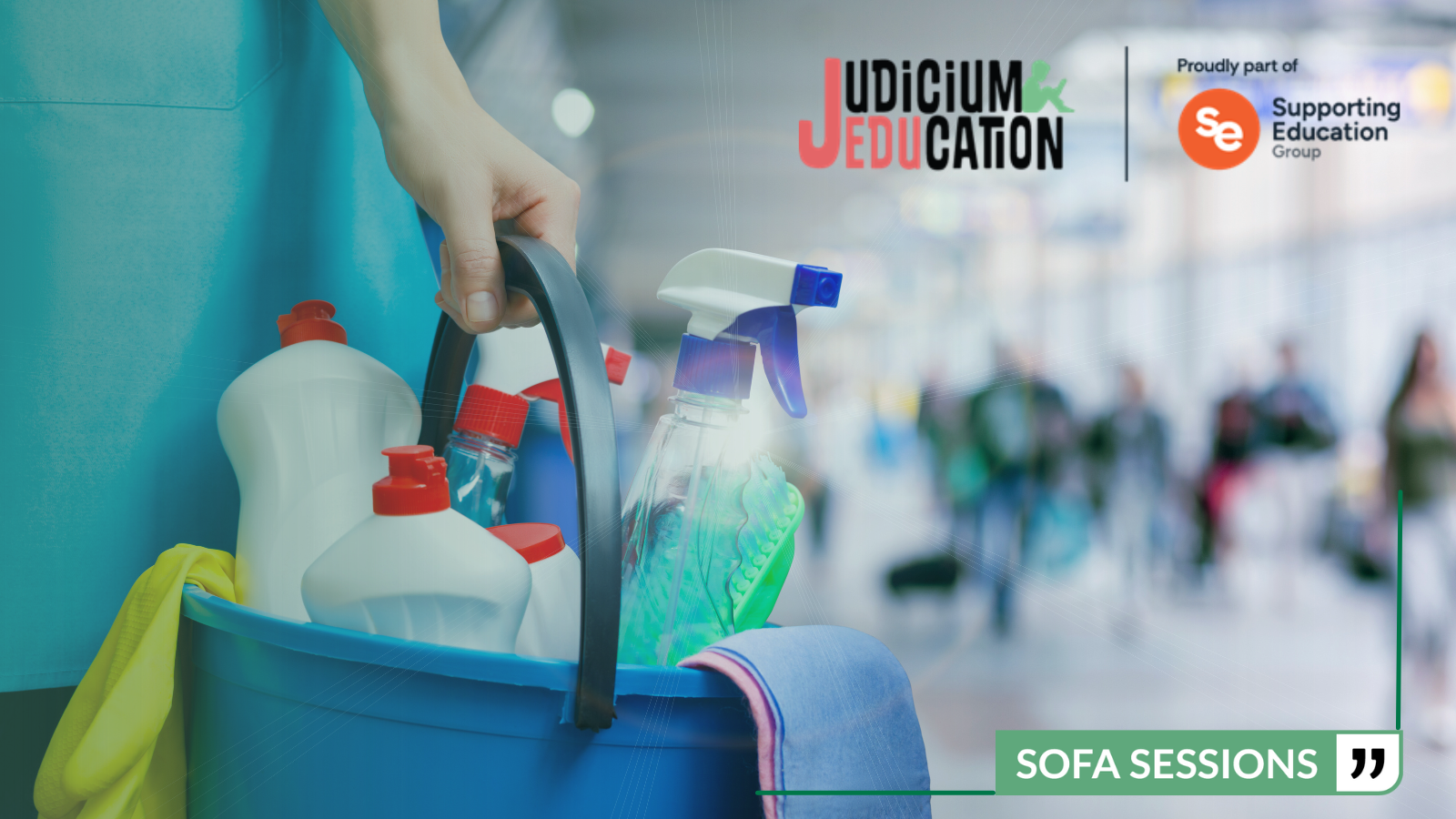
This blog is based on Judicium’s Health and Safety ‘Sofa Session’ from 18th June, led by resident expert , Mike Wright, CMIOSH. This session focuses on the control of substances hazardous to health (COSHH) and their relevance in school settings, how assessments should be undertaken and what staff could be at risk.
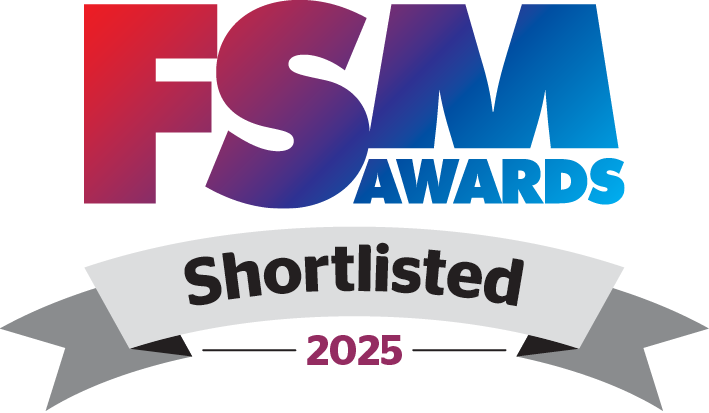
Discover why Judicium has been shortlisted for Fire Safety Consultancy of the Year at the 2025 FSM Awards, recognising our expert support for schools and trusts in delivering sector-specific, compliant, and practical fire safety solutions.
.png)
This blog is based on Judicium’s Health and Safety ‘Sofa Session’ from the 12th of March, with our resident expert Mike Wright.

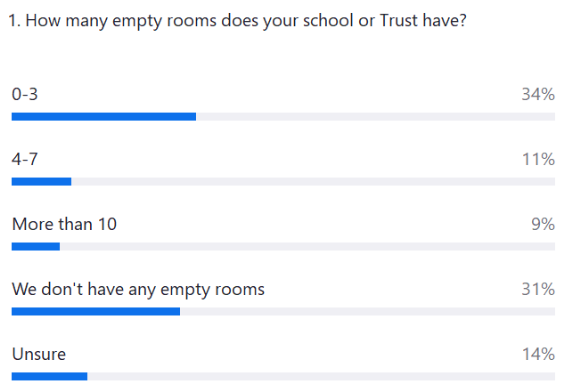
Sofa Sessions | H&S